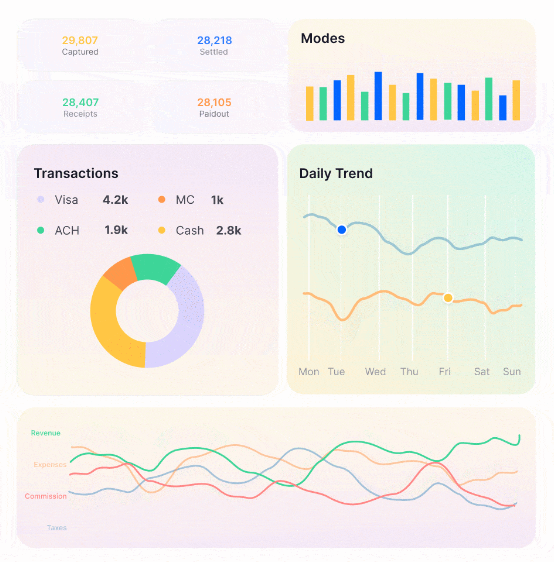Bank reconciliation automation is transforming the way businesses manage their finances by automating the tedious and time-consuming process of matching bank transactions with accounting records. This innovative approach offers numerous benefits, including increased efficiency, improved accuracy, enhanced security, and better compliance. In this article, we will explore the advantages, key features, and considerations for implementing bank reconciliation automation.
Benefits of Bank Reconciliation Automation
Increased Efficiency: Bank Reconciliation Automation requires extensive time and effort, involving the comparison of numerous transactions. Automation significantly reduces the time spent on this process by swiftly matching transactions and highlighting discrepancies for further review.
Improved Accuracy: Human errors are common in manual reconciliation, leading to financial inaccuracies. Automated systems minimize these errors by using advanced algorithms to ensure precise matching of transactions.
Real-Time Updates: Automated reconciliation systems provide real-time updates, allowing businesses to have an up-to-date view of their financial status. This real-time insight is crucial for making informed financial decisions and managing cash flow effectively.
Fraud Detection: By quickly identifying and flagging discrepancies, automated systems help detect potential fraud or unauthorized transactions, enhancing overall financial security.
Regulatory Compliance: Automation ensures that all transactions are accurately recorded and reconciled, which is essential for compliance with financial regulations. It also simplifies the process of generating audit-ready financial reports.
Key Features of Bank Reconciliation Automation
Automated Matching: The core feature of automated reconciliation systems is their ability to automatically match bank transactions with accounting records. Advanced systems utilize machine learning and AI to improve matching accuracy over time.
Exception Handling: The system flags discrepancies, known as exceptions, and provides tools for investigating and resolving these issues efficiently.
Integration Capabilities: Leading reconciliation systems integrate seamlessly with various banking platforms and accounting software, allowing for the automatic import of bank statements and real-time transaction data.
User-Friendly Interface: A user-friendly interface makes it easy for finance teams to navigate the system, review reconciled transactions, and address exceptions without extensive training.
Customizable Rules and Filters: Businesses can customize the matching rules and filters to suit their specific reconciliation needs, enhancing the system’s flexibility and effectiveness.
Comprehensive Reporting: Automated reconciliation systems maintain a detailed audit trail of all activities and offer robust reporting capabilities for internal and external stakeholders.
Choosing the Right Bank Reconciliation Automation System
Compatibility: Ensure the system is compatible with your existing accounting and banking systems to facilitate smooth integration and data flow.
Scalability: Choose a system that can scale with your business growth. It should handle an increasing volume of transactions and support multiple bank accounts.
Security: Given the sensitive nature of financial data, prioritize systems that offer robust security features, such as data encryption, secure access controls, and regular security audits.
Customer Support: Opt for a provider that offers excellent customer support, including training, troubleshooting, and regular updates to ensure the system operates smoothly.
Cost: Evaluate the cost of the system, including setup fees, subscription costs, and any potential hidden charges. Compare different options to find a solution that provides the best value for your budget.
Conclusion
Bank reconciliation automation is a powerful tool that can revolutionize financial management for businesses of all sizes. By increasing efficiency, improving accuracy, and enhancing security, this technology offers significant benefits that streamline financial operations. When selecting the right system, consider factors such as compatibility, scalability, security, customer support, and cost to ensure you choose a solution that meets your business needs. Implementing bank reconciliation automation can lead to better financial management, reduced operational costs, and a stronger foundation for business growth.
For more info. Visit us:
How AI is Paving the Way for a New Era in Financial Services





Comments